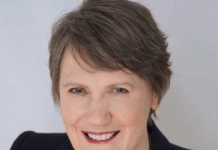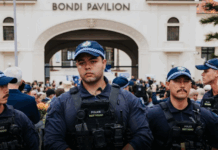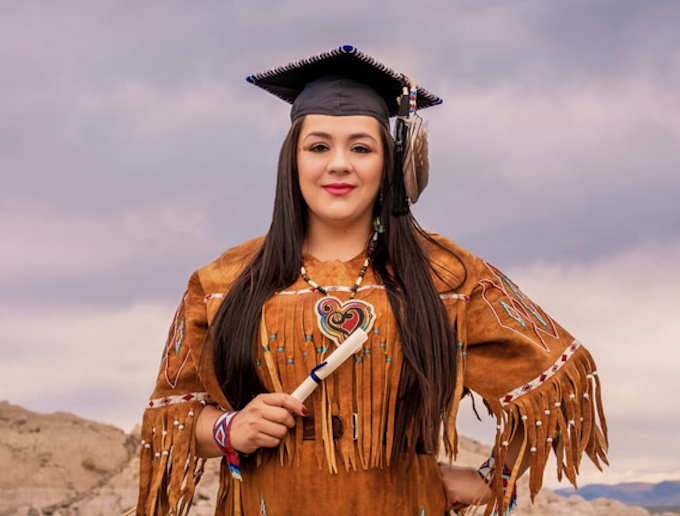
TE WIKI O TE RĒO MĀORI: By Aroha Awarau
Christina Dawa Kutsmana Thomas is on a mission to save her indigenous language from extinction. There are only eight people from her reservation in the state of Nevada who are fluent in Numu Yadooana — Northern Paiute, and they’re aged 70+.
“I feel like I’m under immense pressure. If I don’t do this, then who will? My people have become assimilated into modern life and we have to face the harsh reality that few people speak our language,” she says.
“It’s harder for my people to have a language renaissance because there are so many different tribes in America — 574. That’s 574 completely different languages, cultures, and histories.”
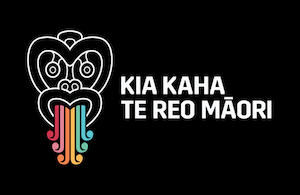
Thomas has spent the last eight months in New Zealand as a US Fullbright Scholar, attending kohanga reo, kura kaupapa, and classes at the University of Auckland, to observe and understand how te reo is being taught.
It’s been an eye-opening experience compared to how indigenous languages are treated in the US, she says.
“It’s hard for people to find time to learn our language, it’s a struggle to get people to attend community classes or seek it out on their own. We also don’t have resources, books, or a strong curriculum that ensures fluency for new language speakers.
“I feel grounded being in Aotearoa because I can see the support and the love for te reo and Māori culture, and it gives me the reassurance that I can do this.”
Growing up not speaking
Thomas grew up on the Pyramid Lake Paiute Reservation in Wadsworth, Nevada. Although it was a close-knit community, their Native language was discouraged from being spoken at home.
“My grandmother’s first language was Paiute, but she didn’t speak it to her own children, and discouraged my great-grandma to teach it to my mom. I then in turn grew up not speaking.
“At this time, Native people in the US were discouraged to speak their language and were trying to blend in with society in order to save their children from ridicule and racist remarks.”
Thomas was in her 20s and attending the University of Nevada in Reno when she came across an elder from her tribe who was teaching Paiute language classes at the Reno-Sparks Indian Colony.
“I grew up on a reservation and I knew my tribal affiliations but I did not know my history or the language. I started going to language classes and caught on quickly.”
Driving force
She was encouraged to take one-on-one lessons and found a new passion. Thomas has since been a teacher of the Paiute language in public high schools, a language consultant, and instructor for her tribe. She was the driving force behind the Paiute language being established as the first Indigenous language course at the University of Nevada.
For the past decade, Thomas has also been involved in Native arts and language regeneration projects. She was set to study to become an orthodontist, but her passion for language revitalisation and her culture made her change careers.
She enrolled to study to earn a PhD in Native American Studies at the University of California in the city of Davis.
She spent two weeks in New Zealand in 2018 as an undergraduate student conducting research on te reo, visiting language nests, primary, secondary, and tertiary schools.
In 2019, Christina returned to present her research at the University of Waikato for the Native American Indigenous Studies Association yearly international conference. She vowed then that she would be back for an extended period to focus and observe further about language regeneration.
Thomas returned to Aotearoa in February 2023 and will be flying home at the end of this month.
“New Zealand is known for its revitalisation of the te reo Māori. I had previously made connections here, so I knew that whānau would be able to help place me into schools and spaces for me to observe and learn.”
20 percent “native speakers”
Until World War II, most Māori spoke their te reo as their first language. But by the 1980s, fewer than 20 percent of Māori spoke the language well enough to be classed as native speakers.
In response, Māori leaders initiated Māori language recovery-programs such as the kōhanga reo movement, which started in 1982 and immersed infants in Māori from infancy to school age.
In 1989, official support was given for kura kaupapa Māori-primary and secondary Māori-language immersion schools.
The Māori Language Act 1987 was passed as a response to the Waitangi Tribunal finding that the Māori language was a taonga, a treasure or valued possession, under the Treaty of Waitangi and the Act gave te reo Māori official language status.
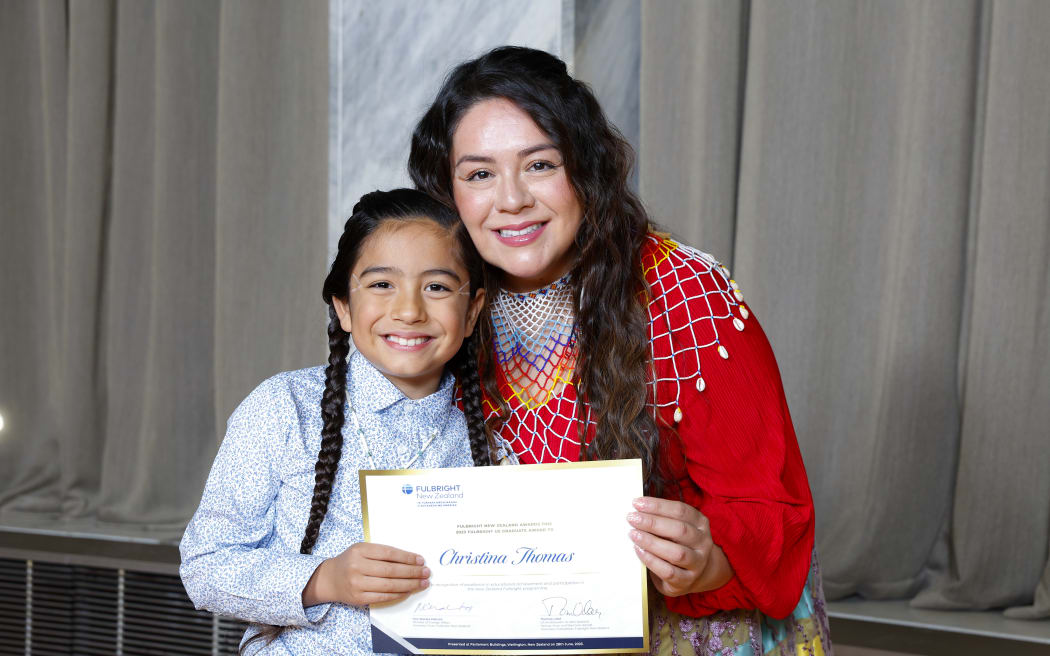
“I’d love to see everything that has been accomplished here in Aotearoa happen back home in my community,” Thomas says.
“My dream after I complete my PhD is to go home and open our very own kohanga reo.”
Thomas says what she has observed in New Zealand has been invaluable and will carry with her for the rest of her life.
“I’ve seen how teachers and kura are working towards Māori-based learning, by, with and for Māori.”
Trans-indigenous connection
“There’s a trans-indigenous connection. Our language is connected to our land and our ancestors by our songs, languages and stories. The beliefs we have as Indigenous people are connected and similar in so many ways.”
Throughout this journey, Thomas has brought her seven-year-old son, Jace Naki’e, along for the experience.
“I was really excited for him to be able to go to school here and have this experience. He loves kapa haka and learning about Māori culture. He’s also been able to share his culture in return.”
This article is republished under a community partnership agreement with RNZ.



